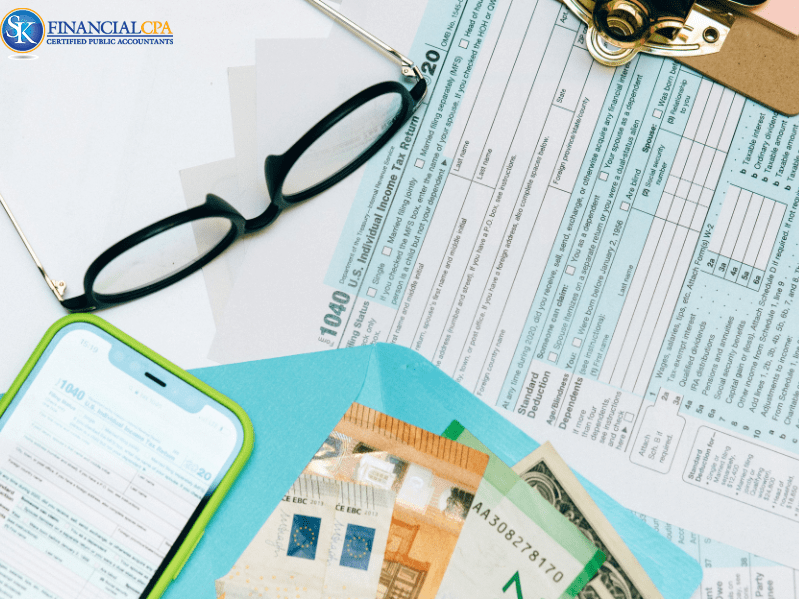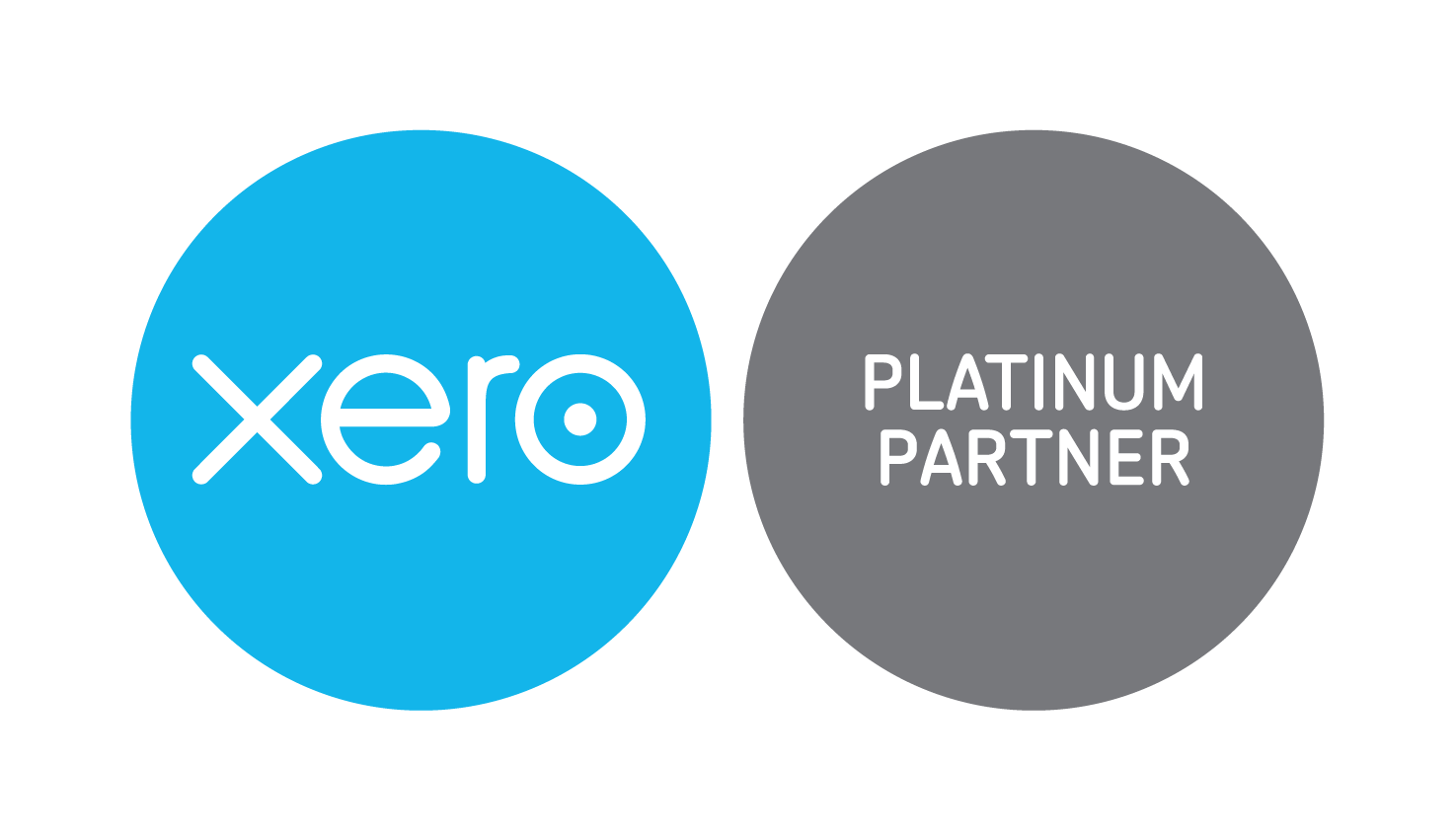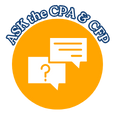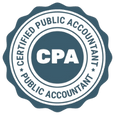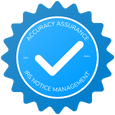
What Is an Accountable Plan and Why It’s Needed for S Corp Owners
Working from home has become our everyday reality. Maybe you’re freelancing, running your own S Corp, or side‑hustling from your living room. If so, you’re probably using part of your home as an office your rent, utilities, and internet bills are all growing. But here's the good part: you may be able to deduct those expenses, and if structured well, even get reimbursed tax‑free. That’s where the magic of an accountable plan comes in.
Accountable Meaning in Taxes
In tax terms, accountable simply means that you’re keeping track and doing things by the book. If your business pays you back for something like a home office, phone bill, internet, or travel, it’s not automatically tax-free. For it to qualify under an accountable plan, the IRS expects a few things: there must be a clear business reason for the expense, proper proof like receipts or logs, and if you got more than you spent, you have to return the extra in a timely way.
Get tax free reimbursements with our accountable plan template
What Is an Accountable Plan and Why It’s Needed for S Corp Owners
It is a simple way for S Corp owners to get reimbursed for business expenses like home office, travel, or supplies without paying taxes on that money. As long as your expenses have a clear business purpose, you submit receipts (within 60 days), and return any extra funds (within 120 days), the IRS won’t count those payments as income. But if you skip any of these steps, that tax-free money turns into taxable wages and shows up on your W-2 so getting it right really matters.
How to Know If You Qualify for the Home Office Deduction
To qualify for the home office deduction, the IRS checks 3 simple boxes:
-
Your workspace must be 100% for business. A guest room won’t qualify.
-
You need to use it consistently think 4–5 days a week, not just now and then.
-
It’s where you manage your work emails, calls, bookkeeping.
If you’re self-employed or run an S Corp, this deduction could save you hundreds. But W-2 employees can’t claim it, even if remote full-time. For example, if 15% of your home is used for business, and your yearly expenses are $20,000 you might deduct up to $3,000.
Benefits of Having an Accountable Plan
Whether you’re running an S Corp, small business, or just handling freelance gigs from your home office, having a reimbursement plan in place can save you time, money, and future tax headaches.
Tax-Free Reimbursements for Business Expenses
The money your business pays you back for legit work expenses like your internet bill, home office space, or mileage isn’t taxed. It doesn’t count as income, so you skip payroll and income tax on those reimbursements. That means more cash in your pocket, and less going to the IRS.
S Corp Expense Deductions You Won’t Miss
Your S Corporation gets to write off those same expenses on the business tax return while you avoid having them treated as personal income. You save on both sides personally and professionally.
Cleaner Books with IRS-Compliant Recordkeeping
Without a plan, it’s easy to mix personal and business spending. An accountable plan keeps everything clearly separated. It also helps make your books more audit-proof and makes life easier when it’s time to file taxes or hand things off to your accountant. The peace of mind is worth it alone.
Lower Payroll Taxes and W-2 Reporting
When your company reimburses you through an accountable plan for reimbursements, those payments don’t increase your W-2 income. That means your business won’t have to pay payroll taxes like Social Security or Medicare on those amounts which adds up over time. You’re essentially saving money while staying in the clear.
Proof That You Run a Real Business
Show the IRS that you're running your business the right way. Having a structured policy in place written, tracked, and followed proves you're not mixing business with personal and gives you backup in case you're ever audited.
Understanding the Simplified vs. Regular Method home office deduction
There are two ways to calculate your home office deduction:
Simplified Method
Introduced in 2013, this method lets you claim $5 per square foot, up to 300 sq ft. It’s quick, clean, and avoids hard math max deduction is $1,500 a year. No depreciation, no fuss. But you still must meet the qualification rules above.
Regular Method
This method can give you a bigger deduction if your actual expenses are high. You calculate the percentage of your home devoted to business (for example, 150 sq ft office in a 1,500 sq ft home = 10%), then apply that percentage to your rent, utilities, internet, repairs, and even depreciation.
Here’s a simple comparison:
|
Feature |
Simplified Method |
Regular Method |
|
Max Square Footage |
300 sq. ft. |
No limit, based on actual use |
|
Deduction Rate |
$5 per sq. ft. |
Proportional to actual expenses |
|
Recordkeeping |
Minimal |
Detailed documentation required |
|
Depreciation Allowed |
No |
Yes |
|
Depreciation Recapture |
No |
Yes |
|
Excess Expense Carryover |
Not allowed |
Allowed if income limits met |
You must choose one method per tax year, and once you file, you can’t switch for that year. If you go from simplified one year to regular the next, you’ll still need to follow depreciation rules for consistency.
Accountable Plan vs. Non‑Accountable Plan
An accountable plan follows all IRS rules, so when your business reimburses you for things like mileage or home office costs, that money isn’t taxed and doesn’t show up on your W-2. But if you miss a step like not keeping receipts or skipping a written policy it turns into a non-accountable plan, and now the reimbursement is treated as income and taxed. Some businesses use both types for example, using an accountable plan for mileage and a non-accountable one for flat stipends like meals.
Examples: Why This Combination Works
Regular Method + Accountable Plan
You have a 200 sq ft home office in a 2,000 sq ft home (=10%). Your rent and utilities total $2,800/month. That means your business-use portion is $280/month, or $3,360/year. Through your S Corp, you reimburse yourself exactly that amount under your accountable plan. You pay no tax on it, and your business deducts the full $3,360.
Simplified Method + Accountable Plan
Your 150 sq ft office qualifies for the simplified deduction ($750/year). You still follow the same accountable plan process to get reimbursed tax-free for that $750.
How Childcare or Inventory Storage Exceptions Work
Normally, to claim the home office deduction, the IRS wants you to use the space exclusively for business but there are a couple of exceptions to that rule. If you run a daycare from your home or store business inventory, the exclusive-use rule gets a bit more flexible.
For Childcare Businesses
Let’s say you run a licensed daycare from your living room. During business hours maybe 8 a.m. to 6 p.m. the space is used for caring for kids. But outside those hours, your family watches TV there or eats dinner. That’s okay. You can still claim part of the home as a business expense, even if it's used personally after hours.
Here’s how you calculate it:
-
You use 40% of your home for daycare.
-
You operate 12 hours a day, 5 days a week, 50 weeks a year.
-
That’s 12 × 5 × 50 = 3,000 hours per year.
-
A full year has 8,760 total hours, so your business-use percentage of time is 3,000 ÷ 8,760 = 34%.
-
Now multiply: 40% of home × 34% time use = 13.6% business write-off.
So you’d be able to deduct 13.6% of your rent, utilities, and other related costs.
For Inventory Storage
If you're running a product-based business say, selling candles, cleaning products, or Etsy items and you regularly use part of your home to store inventory, that space might qualify too.
Let’s say you use half of your 600 sq ft basement (300 sq ft) to store supplies and product inventory. Even if you also keep some personal storage in the same area, as long as the business use is regular and primary, the IRS generally allows it.
How to Get IRS-Approved Accountable Plan Template
We know that setting up an accountable plan can feel confusing especially when you're busy running your business. That’s why we created a done-for-you Accountable Plan Reimbursement Template made specifically for S Corporation owners.
This isn’t just a basic document. It’s a professionally built plan that follows all the IRS rules, so your reimbursements stay tax-free, and your business stays audit-ready.
Here’s what’s included:
-
A complete written policy that meets IRS accountable plan standards
-
A clear breakdown of which expenses can be reimbursed
-
Simple instructions for submitting receipts and mileage logs
-
Guidelines for returning any excess reimbursements within the right time
-
Easy-to-follow language so you can plug in your info and start using it fast
If you're an S Corp owner who wants to save on taxes without guessing your way through IRS rules, this template is built for you.
How to Implement This In Practice
To put an accountable plan into action, just measure your home office space to figure out what percentage of your home it takes up, pick either the simplified or regular method for the home office deduction, and set up a written policy that explains what expenses are covered. Submit your receipts within 60 days, return any extra money within 120 days, and reimburse yourself through payroll. Keep good records, and store everything safely for at least three years in case the IRS ever asks.
Common Mistakes to Avoid
When setting up an accountable plan, a few small mistakes can cost you. Make sure you have a written policy even if the IRS doesn’t ask for it, it shows you’re serious. Don’t mix personal and business expenses; only the business portion qualifies. Always submit your receipts on time, usually within 60 days, and if you get more money than you spent, return the extra within 120 days. Also, don’t switch between the simplified and regular deduction methods in the middle of the year once you pick one, stick with it until you file.
Conclusion
If you're using you’re working remotely, an accountable plan lets you get reimbursed tax-free and still claim deductions on your business return, all while staying in line with IRS rules. Whether you're a solo business owner or running an S Corp, it’s one of the smartest ways to save. And to make it even easier, grab our ready-to-use Accountable Plan Template built to IRS standards, so you can start today. Download it now and put your space to work for you.
Follow SKFinancial on Facebook / Twitter / Linkedin / Youtube for updates.


